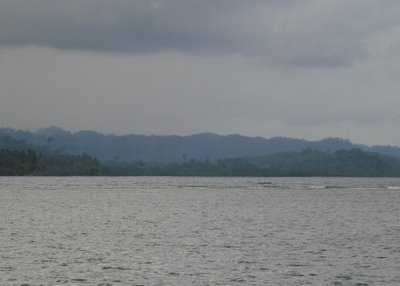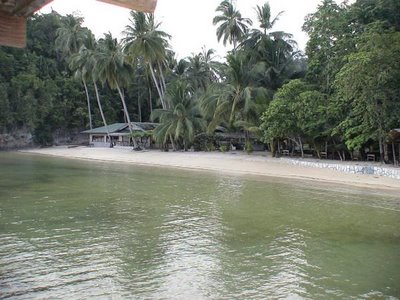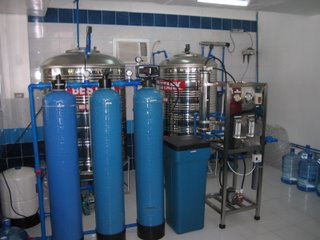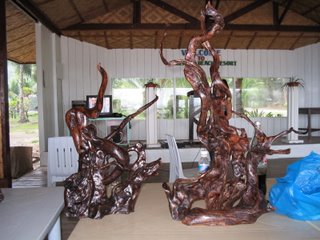 The world of computer online games can be a dangerous and treacherous one, in a virtual reality sort of way. You can get blasted, vaporized, cut to pieces or smashed to oblivion among other things. And don't tell other serious gamers that it's all make believe. For them, it is real, well, almost real and when everything goes well, when luck and pure skill come together, the taste of victory can be as sweet and exhilarating as winning in real life.
The world of computer online games can be a dangerous and treacherous one, in a virtual reality sort of way. You can get blasted, vaporized, cut to pieces or smashed to oblivion among other things. And don't tell other serious gamers that it's all make believe. For them, it is real, well, almost real and when everything goes well, when luck and pure skill come together, the taste of victory can be as sweet and exhilarating as winning in real life.My nephew delves in and out of this virtual world with ease and like an amphibian comfortable both in air and water, he thrives both in this world and the digital realm. But I suspect that like all of the world's digital warriors, he prefers the virtual world where the fun and excitement is pure and where the nagging and stultifying distractions of the real world do not apply.
There are those who say that computer games are not good for developing minds of growing children and teenagers. They believe that these games are too violent and instill the wrong values. My view is more ambivalent.
That the online world is often violent is true and in many cases the random violence and bloodthirst can be disruptive to young minds. But there is a difference with obsession and fascination, between responsible gaming and extreme addiction to the virtual world. The solution is, therefore, to encourage the former and discourage the latter.
My nephew is one of those who have become a masters of the digital gaming world. The challenges, conflicts, topography and physics of the virtual realm are as familiar to him as those of the real world we live in. The question remains whether he will be as successful in slaying the dragons and monsters of the real world as those in the world of that exists only in the innards of the machines of the digital age.












